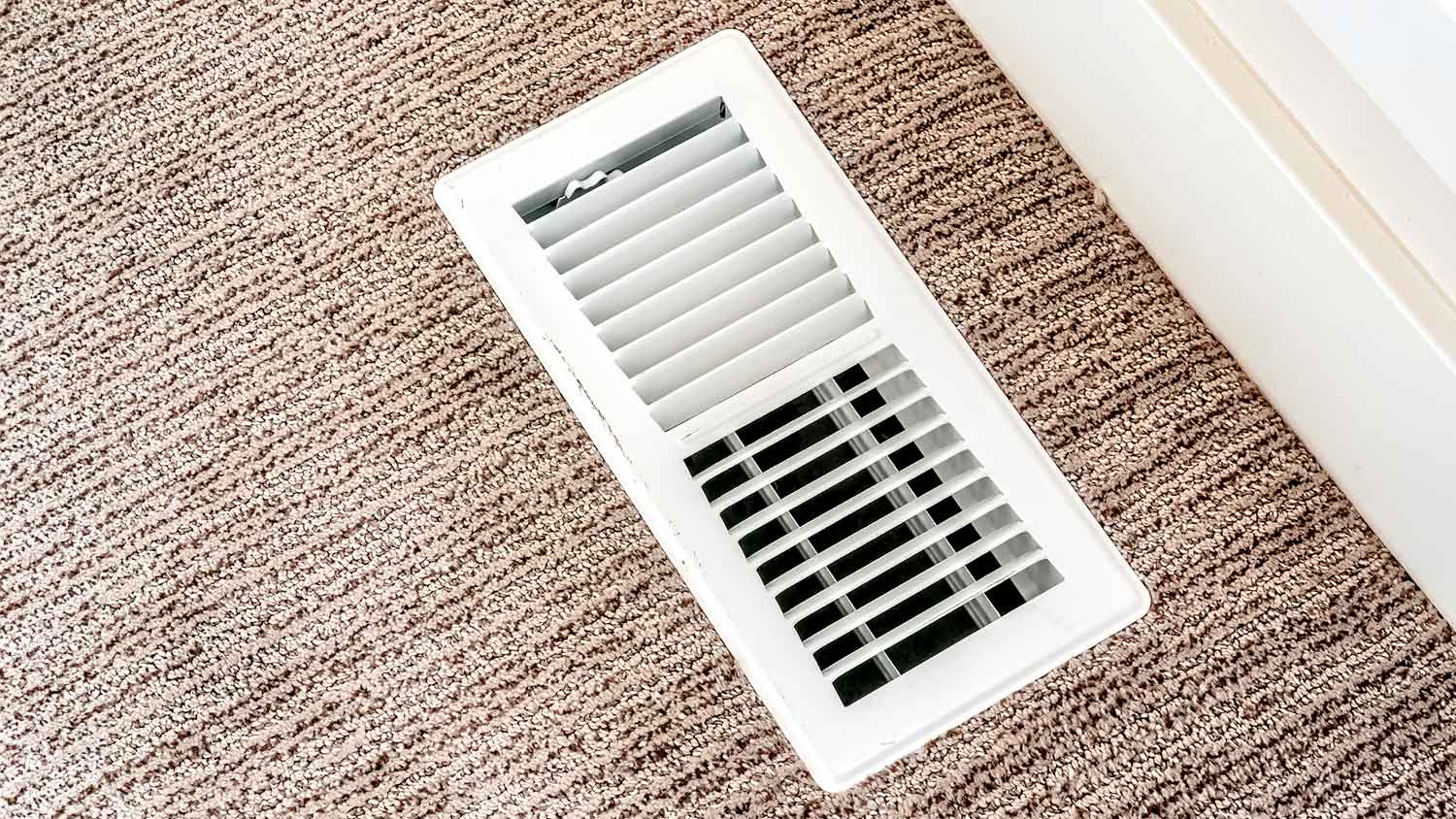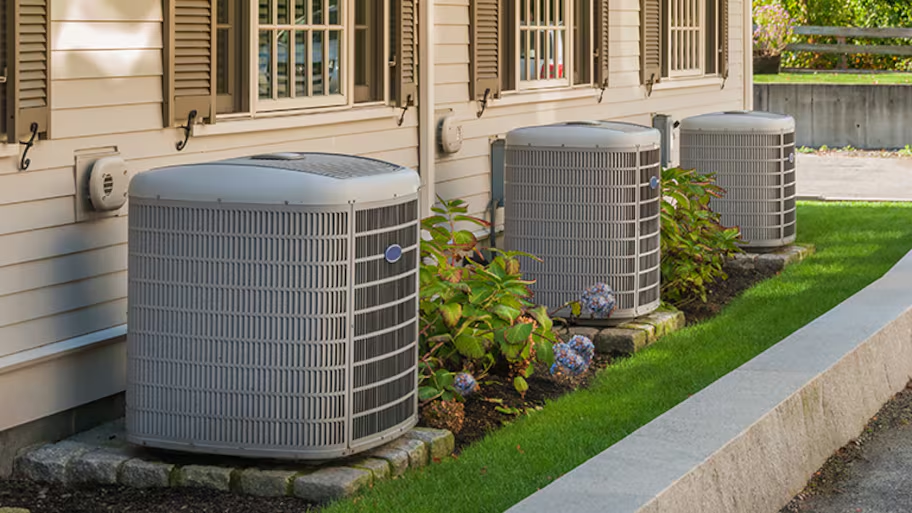
What you’ll pay in Columbus, OH, for furnace repairs depends on many factors. Here’s a breakdown of what can go wrong and the cost to fix those issues.
Put a lid on too-high heating bills


Your home's HVAC ductwork hides behind floorboards or drywall, so you only think about it when it’s not functioning correctly. If you’re replacing old ducts with new ones or want to remove a register from an unused room, you’ll need to cap off the duct to promote efficient airflow and avoid overloading your HVAC unit. This guide will teach you how to cap off a duct in minutes.

Duct caps come in many different sizes and shapes to fit a variety of HVAC ducts. To find the right size for your needs, measure the duct you want to cap off and find an end cap that will fit. Round end caps range in size from four to eight inches in diameter, while rectangular ones range from eight inches by 12 inches to 24 inches.
Once you have the correct duct cap, attach it to the end of the duct you want to seal off. You’ll want to ensure a snug fit since any gaps will let air escape through the duct. If it’s the wrong size, exchange it for another. Many home improvement stores accept returns if you accidentally purchase the wrong size. Attach the cap to the duct using sheet metal screws.

Finally, seal the duct cap to ensure a tight fit. Use mastic or duct tape to seal the duct completely. Mastic is the more expensive option but is long-lasting, so you won’t need to reapply to ensure the seal remains. Duct tape is a cheap and DIY-friendly option, but it will eventually lose adhesion and must be replaced.
Capping off a duct is a relatively simple project, but without the proper knowledge, you could make several potential mistakes. Here are some of the biggest mistakes to avoid when capping off a duct.
Buying the wrong size cap
Not sealing the cap properly
Skipping the cap and taping the duct closed
Using the wrong screws to secure the duct cap
There are several times when you might need to cap off a duct. For example, if you’re removing a vent from a room you no longer use, you’d need to cap off the duct after removing the vent to maintain steady airflow in the ductwork system. Capping off a duct may also be necessary if the ductwork is damaged and you’re replacing it with new ductwork in a different part of the room. Capping off the old duct ensures that the air is directed to the new vent rather than leaking through the old one.
Capping off an HVAC duct is an easy DIY for a handy homeowner. As long as you can find the right size cap for your duct and install it properly, being careful to seal it thoroughly, you can certainly do this job yourself.
However, if your ductwork is a non-standard size, you might need an HVAC professional to make a custom duct cap using sheet metal. The pro can then install the custom cap to seal off your duct, and they’ll ensure it’s done correctly so there are no leaks. An HVAC duct installer near you can also handle this job if you don’t feel comfortable tackling it as a DIY project—especially if your ducts are inaccessible.
Raven and crew does absolutely fantastic job. They are very professional if any concerns were to occur with any of her work she always took responsibility and finished out with a great job. I have worked with her business for a year and have always been satisfied. Very trusted business and...
I had Ace Fireplace Services install custom chimney caps for my home, and the results are stunning. They fit like a glove and have added a touch of sophistication to my chimney. I can't recommend their services enough.
Precision and professionalism define Custom Paint Jobs LLC. We couldnt be happier.
Very professional and efficient with work. Answered each question I had with great knowledge and an informative response. Will be working with them again.
Window Depot did an amazing job on my deck. I wasnt sure what I wanted to do, but their composite decking was affordable and will last a long time. I am excited to have family over, and I am no longer embarrassed by my backyard. Jeff and the ground crew were polite, respectful, and caring for...
Great tree company, very professional and honest. Glad we found them, they had the best pricing
We used Unique Hardwood Floor LLC three years ago to work on the floors of a 70 year old home that needed a great deal of work. Some floors needed repairs, some were replaced and others just needed to be refinished. It was a complicated job as they needed to blend the old and the new to...
From average costs to expert advice, get all the answers you need to get your job done.

What you’ll pay in Columbus, OH, for furnace repairs depends on many factors. Here’s a breakdown of what can go wrong and the cost to fix those issues.

HVAC replacement costs depend on a lot of factors, like unit type, size, and labor. See what you can expect to pay for HVAC replacement here.

A blower door test can identify air leaks in your home and help boost energy efficiency. Use this blower door test cost guide to see what your test will total.

A problem with your heat pump can lead to a house that’s too cold or too hot. Learn the most common heat pump problems—including any weird noises—and their solutions.

Who do you call to fix a boiler? This easy guide will help you hire the right pro for the job of fixing your boiler.

Is your furnace not blowing hot air? Find out 13 common culprits behind a cold furnace, plus tips for how to get the warm air pumping again.